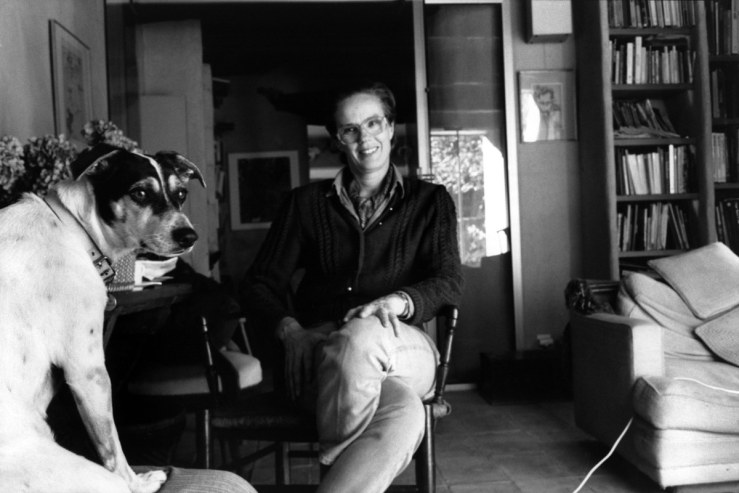
En 1932, Henri Cartier-Bresson se embarcó en una gira por el sur de Europa y el Magreb, este viaje con su Leica 35mm iba a ser su recorrido formativo que establecería las reglas del arte, no sólo para el fotógrafo de 25 años, sino también para un siglo de reporteros gráficos que lo siguieron.
En Sevilla en 1932, tomó la foto de arriba, más tarde titulada “Niños jugando en ruinas”. Cartier-Bresson siempre era conciso en la descripción y no estaba del todo claro el lugar exacto de la ciudad donde tomó la foto, o cómo las ruinas vienen a ser. Sus hojas de contacto revelan que eligió las fotos que estaban entre las primeras que hizo en aquella ocasión.
No hay mucho que escribir sobre esta foto. Su mirada periodística habitual estaba en el trabajo, representando el vigor juvenil surgiendo de un detritus decadente. Sin embargo, poco después, estalló la Guerra Civil española, afectando a muchas ciudades que Cartier-Bresson cruzó. Sevilla fue donde se dispararon los primeros tiros, y la foto -con sus edificios en ruinas y niños lisiados- llegó a ser asociada con los horrores de la guerra, a pesar de que se hizo tres años antes.
André Breton, el surrealista que estuvo entre los primeros en utilizar fotografías en sus libros, utilizó la fotografía para ilustrar su capítulo sobre la Guerra Civil española en 1937 en Mad Love. Muchos otros siguieron, e incluso este autor cree que esto fué realizado en las secuelas de la guerra, no antes.
//
In 1932, Henri Cartier-Bresson set out on a tour of Southern Europe and the Maghreb; this journey with his 35 mm Leica was to be his formative tour that set out the rules of the art for not only the 25-year old photographer but also for a century of photojournalists who followed him.
In Seville in 1932, he took the photo above, later entitled, “Children Playing in Ruins”. Cartier-Bresson was always pithy in descriptions and it was not entirely clear where exactly in the city he took the photo, or how the ruins come to be. His contact sheets reveal that he chose the photos which were among the first he made on that occasion.
There is not much to write about this photo. His usual journalistic eye was at work, depicting youthful vigor sprouting out of decayed detritus. However, soon afterwards, the Spanish Civil War broke out, affecting many cities Cartier-Bresson passed through. Seville was where the first shots were fired, and the photo -with its ruined buildings and crippled children— became associated with the horrors of that war, even though it was made three years earlier.
Andre Breton, the surrealist who was among the first to use photographs in his books, used the photo to illustrate his chapter on the Spanish Civil War as early as 1937 in Mad Love. Many others followed, and even this author believed this was made in the aftermath of the war, not before it.

(via: https://iconicphotos.wordpress.com/2013/09/30/seville-henri-cartier-bresson/)
Compartir esto // Share this:


















